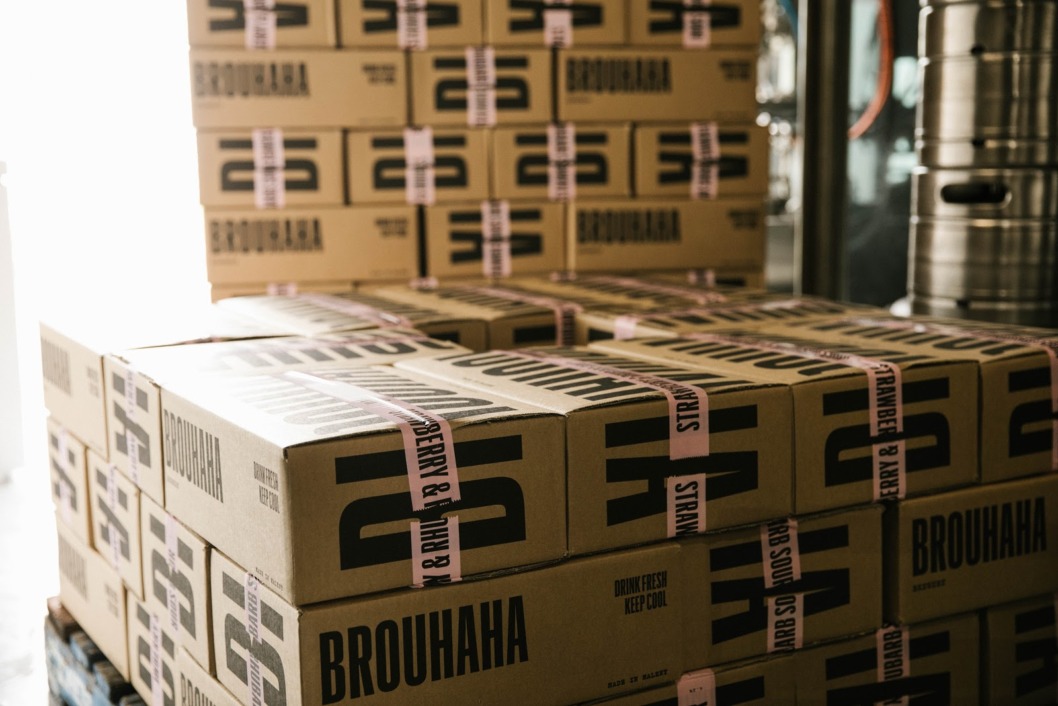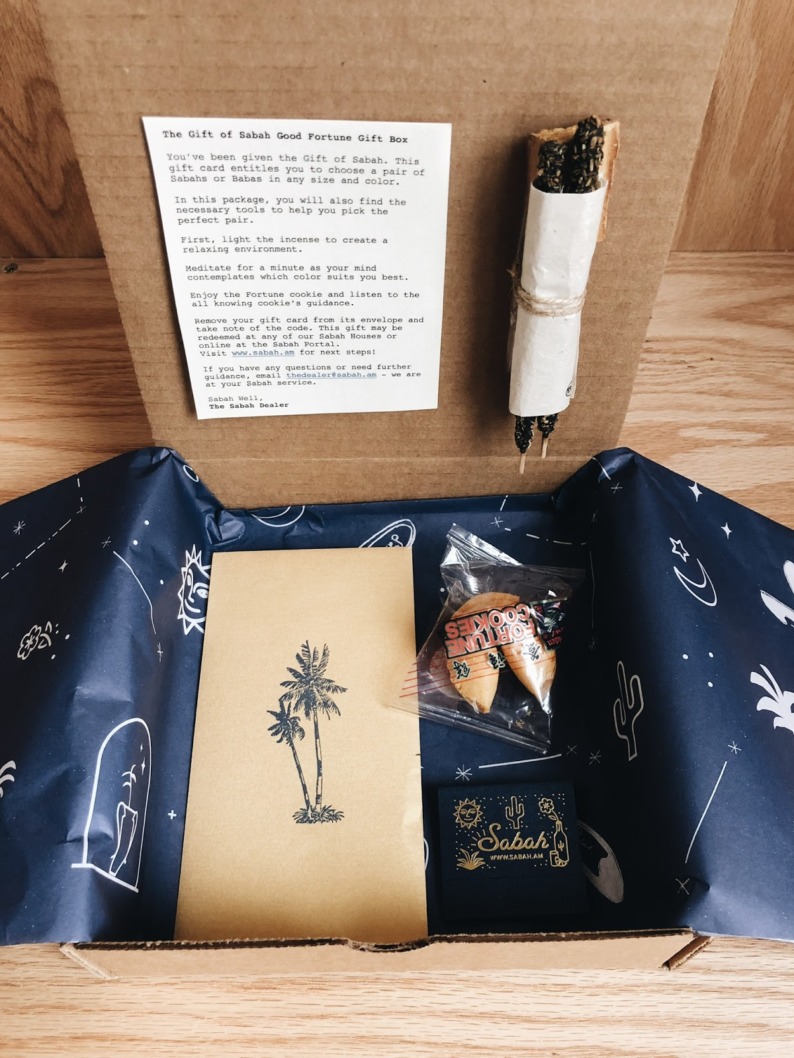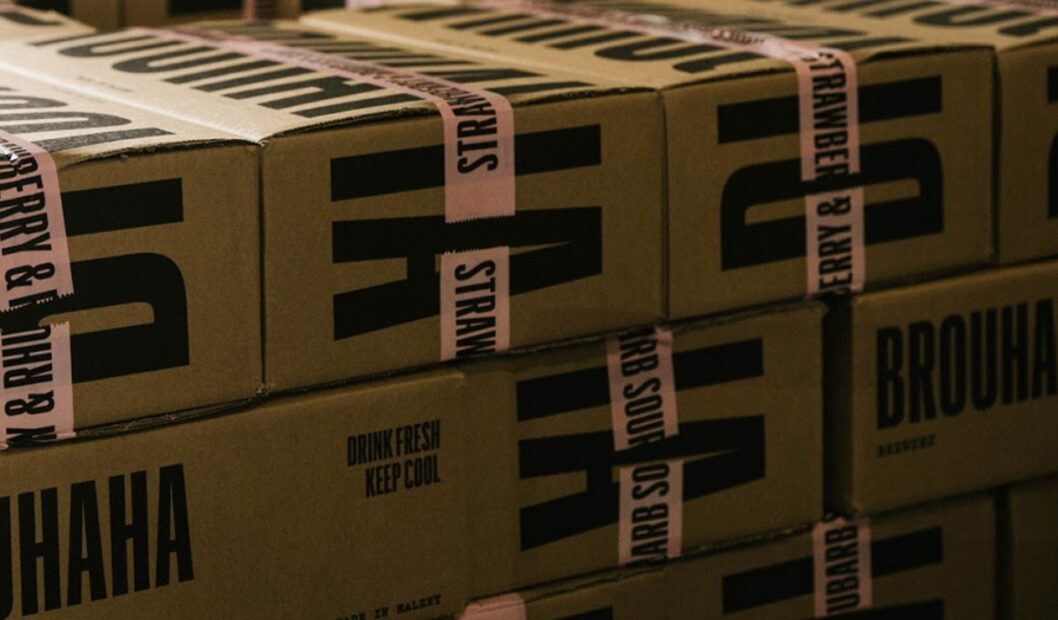The following is a guest post by Beth Owens of noissue. Noissue specializes in custom packaging that is gorgeous, unique, and eco-friendly.
Packaging is an important consideration for any business, but especially for eCommerce operations. Shipping orders is a huge expense, so you want to make sure that your packaging design is as effective as it can be. But this isn’t just about saving money where you can. It’s also about making sure that you are delivering the right impression to your customer. Here are our top 3 tips for choosing a packaging design that benefits your order fulfillment strategy.

1. Keep it light
Being able to build up a global customer base is a massive boon for eCommerce companies. But it does come with some drawbacks too. Namely, shipping costs will be one of your biggest expenses. However, this expense is at least partially dependent upon your packaging design. The fact is, the larger and heavier your packages are, the more they will cost you to send!
Choosing a cost-effective design comes down to evaluating your own needs carefully. How fragile are your products? What is the average weight/size? Where are the majority of your customers based? These questions are important to consider, as the best packaging designs rest on one principle: efficiency. You need to cut down on the bulk as much as possible, whilst still maintaining the integrity of your design.
Box sizes
One of the most common mistakes that businesses make is choosing the wrong box size. Many end up with boxes that are too big for the products they are shipping. This isn’t expensive just from the perspective of postage costs. There is also the cost of filler materials to stop your products from rattling around. By choosing a smaller size, you can limit the need for filler, creating a more cost-effective design.
Return-ready packaging
Buying online comes with its own risks, namely that customers can’t examine a product before purchasing. This means that an easy returns process is something that customers value highly. Surveys show that 92% would buy again from a brand with a straightforward returns process. This doesn’t just mean terms and conditions, but also the means to return goods. By choosing packaging that can be sent straight back to your warehouse, you eliminate the need to provide extra materials for this purpose.
Using mailers
Some businesses don’t even need to use boxes at all! Boxes make up a huge proportion of packaging costs. So, cutting these out completely, or even partially, will save you a lot of money. If some of your goods are small or lightweight, mailer envelopes are a really great option due to their low weight and cost. Noissue’s mailers are also 100% compostable, providing an easy solution for both businesses and their customers.
2. Give your customers a custom-branded experience

Our customer The Sabah Dealer using noissue custom tissue in their gift box.
Let’s look at two different scenarios:
- Example 1: Your product arrives in generic packaging
- Example 2: Your product arrives in attractive, premium packaging with branding elements
Which one do you think is going to engage your customer the most, and stick in their mind long-term?
Packaging feeds brand perception because it’s the first real touchpoint that customers will have with your brand. So, first impressions really do matter! Custom-branded packaging is effective because it tells your customer something about your ethos. It says that you are different and that you want every interaction with your brand to be memorable. By comparison, what does generic packaging say about your brand? Nothing at all. And when you are trying to stand out to your customer, that is a problem.
Unboxing, or the attractive, curated presentation of products, has become a phenomenon because it occurs when your customer is at their most amenable. They have already made the transaction, and are eagerly awaiting delivery. So, anything they receive besides the product carries a “value-added” perception. This makes unboxing a genius piece of post-purchase marketing. Because it occurs AFTER the sale, it represents a deeper level of care and attention to detail. This is what makes unboxings interesting and thrilling for customers.
Creating a custom packaging experience sounds intimidating, but it doesn’t have to be. Even small additions, such as customized stickers or packaging tape, go a long way towards personalizing your delivery. Custom tissue paper also offers a really versatile option. As well as adding some flair and dramatism to your package, it also provides a big canvas for important branding elements, such as your logo or selling channels.
3. Be environmentally responsible in your packaging design
This last point doesn’t always get discussed in relation to fulfillment. But in 2019, it really bears thinking about. The fact is, packaging is responsible for a lot of waste. According to a 2015 study by the EPA, packaging materials make up around 37% of all landfills. Consumers are much more environmentally-conscious than they once were, and they want to know what businesses are doing to reduce their footprint. According to a Cone Communications Study, a whopping 91% of consumers now expect businesses to take steps to address both social and environmental issues.

The takeaway: All businesses are now expected to take steps to become more sustainable, even if “sustainability” isn’t a part of their brand image. And let’s be honest: this is something we all have a responsibility to invest in.
Your packaging design presents one of the most straightforward ways for you to channel a more sustainable approach. In fact, over a third of consumers consider both the type and amount of packaging to indicate a brand’s stance on environmentalism. This makes packaging an important marketing channel for your sustainability efforts.
3 ways to make your packaging design more sustainable

Reduce: Don’t over-package
Multi-layered packaging is a strategy used by brands to channel a more luxury feel. But to today’s more environmentally-conscious consumers, boxes within boxes or endless layers of cellophane is unnecessary and wasteful. Naturally, this doesn’t spell good news for your brand image. Moreover, reducing the amount of resources your design needs is the first step toward greater sustainability. By channeling a more minimalist approach in the first instance, you are cutting down on the amount of materials that need disposing of.
Reuse: Reusable packaging
Most packaging has a very short life cycle – it has served its purpose once the customer receives their order. After this point, it’s destined for disposal. So, if we choose packaging with more than one possible use, we can create a circular economy of reduced waste. Most of us keep some empty boxes handy from online orders because they are useful for organizing or transporting things. This outlook can be easily applied to other packaging elements as well! Using cloth pouches to hold your products, for example, has many applications in comparison to single-use soft plastic. It also gives your brand a much more premium look!
Recycle: Maximise the use of renewable materials
Many conventional packaging materials cause environmental issues. Why? Because they aren’t designed with the environment in mind. Soft plastics and polystyrene are not recyclable and are extremely slow to biodegrade. This leaves few responsible disposal options available to consumers. Limiting these materials where possible and maximizing sustainable alternatives will go a long way towards lowering the impact of your packaging. Papers and cardboard, for example, provide multiple reuse and recycling options for consumers. For this reason, 71% of consumers said they were more likely to buy from brands who use paper or cardboard packaging. Newer innovations, such as biodegradable packaging materials like corn starch and sugarcane, also present new opportunities for brands to show off a more eco-friendly approach!
Final Thoughts
Today, packaging design isn’t just important in terms of keeping your orders safe and lowering your shipping costs. It’s also about the brand image it represents. In eCommerce, packaging is a vital touchpoint with your customer base. This makes it a powerful tool for shaping brand perception. The materials you use and whether it reflects your brand all play into how your customer perceives you at the moment of delivery. If you invest effort into this area, you stand to gain far more than just cost savings!
Beth Owens is the Content Strategist and resident unboxing expert at noissue. Their premium custom tissue paper is acid-free and FSC-certified as being socially and environmentally responsible in its production. Their low minimum order quantities and quick turnarounds mean that they are suited to help everyone, from small independent businesses to Fortune 500 companies.

